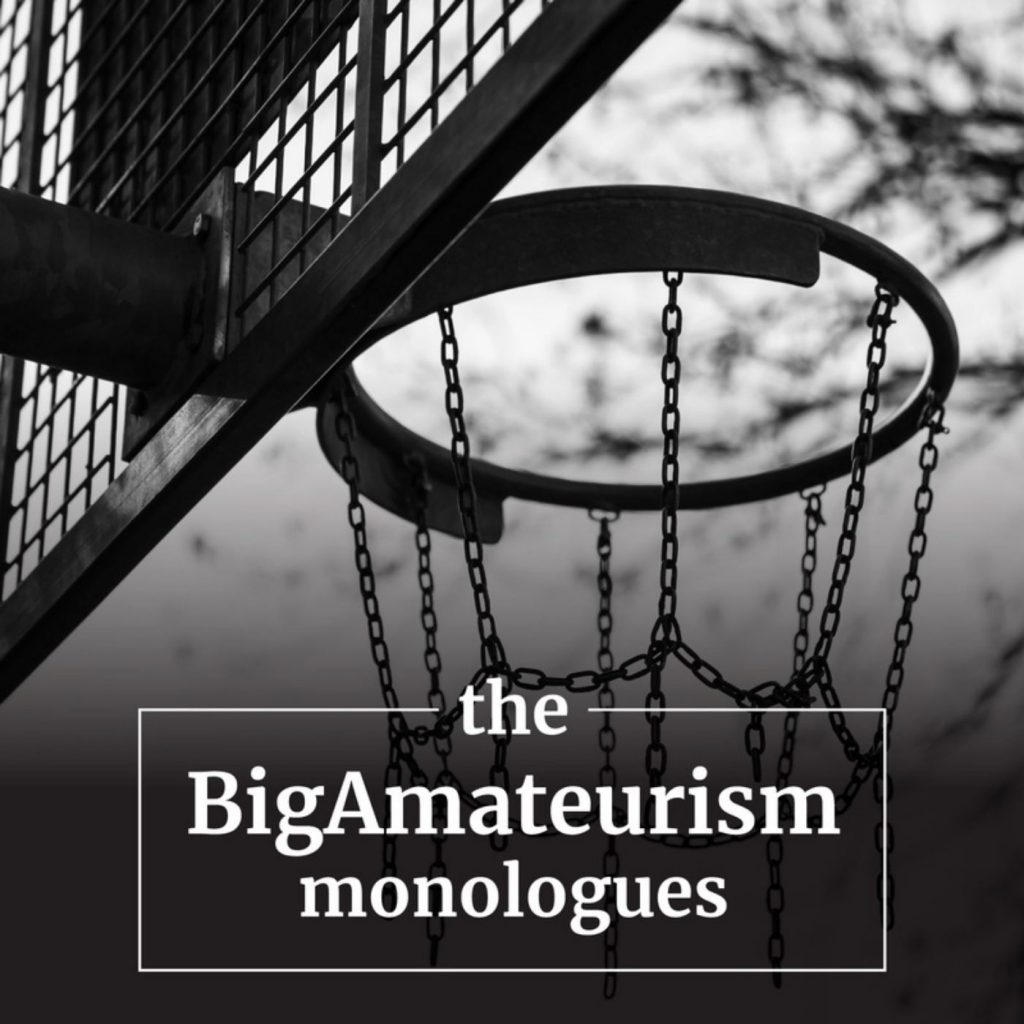Episodes
On December 10, 2021, the NCAA Committee on Infractions (COI) issued a head-scratching decision in the Auburn University basketball “scandal” case. Despite finding that Auburn head coach Bruce Pearl committed a Level I (most egregious) violation because of his failure to adequately monitor lead assistant coach Chuck Person—a former Auburn and NBA basketball star—Pearl received a merely tap on the wrist. Person was swept up in an FBI sting in which a professional athlete financial advisor (and FBI informant) paid Person to steer NBA-quality Auburn players to the advisor. The advisor—Marty Blazer—faced decades of jail time in a completely unrelated case and used his knowledge of “corruption” in college basketball—and his cooperation with the FBI— to avoid jail time. Person accepted money from Blazer/FBI and paid a small amount to two athletes and their parents. Person was arrested in September 2017 and charged with multiple counts of wire fraud and honest services crimes under federal law. Auburn immediately fired Person and suspended the athletes implicated in the transactions. Person pleaded guilty and was sentenced to two hundred hours of community service and two years of probation. After the criminal case, the NCAA began its infractions and enforcement action against Auburn and at least eleven other universities caught up in the “scandal.” After three years of investigation, the NCAA issued its opinion last Friday. Although the tone of the NCAA’s opinion was noticeably more charitable than previous basketball “scandal”-related opinions, the NCAA threw the book at Person through a “show cause” order that made Person unemployable. Head Coach Bruce Pearl, the darling of ESPN and a “made man” in the high-level basketball coaching community, continues to draw a $4 million salary. Even more puzzling was that when Auburn hired Pearl he was under a three-year “show cause” order for Level I violations in 2011 when he was the head coach at Tennessee. Auburn’s hiring of Pearl was unprecedented in college sports because a primary purpose of a show cause order is to make a coach unemployable for its duration. This episode analyzes the Auburn decision and the disparate treatment for “made men” like Pearl and the dispensable underlings like Person and the athletes.
When the NCAA released its initial draft constitution on November 8th, 2021, it hailed the document as a transformative step forward for athletes’ rights and athletes’ physical and mental “well-being.” Now, after “feedback” from in-system stakeholders, the revised draft (released Tuesday, December 7th, 2021) eliminates or waters down athlete-friendly provisions. Specifically, the revised draft (1) eliminated a provision from Article 1 (Principles), section D (Student-Athlete Well-being) that read: “Institutions, conferences, administrators, and coaches shall protect student-athletes from physical and mental abuse, neglect undue harm”; (2) eliminated the classification of Faculty Athletics Representatives as “ombudspersons” to act as athlete advocates on athlete rights issues; and (3) watered down commitments to protect athletes’ commercial use of their name, image, and likeness. This episode analyzes the revised draft with an emphasis on structural governance issues and the NCAA’s/Power 5’s retreat on athletes’ rights.
In late October 2021, the NCAA Division I Board of Directors announced the creation of a Division I “Transformation Committee.” An October 28, 2021, press release on the NCAA website said the Committee was “charged with making recommendations to the [Division I] board for how to address the Division I’s most significant challenges and more effectively meet the needs of current and future student-athletes. The Committee, co-chaired by Southeastern Conference Commissioner Greg Sankey and Ohio Athletics Director Julie Cromer, will consider what it means to be a Division I member and how the division should be organized, what is the best process for making decisions, and how to better meet the needs of and set expectations for Division I student-athletes.” These vague aims and aspirations belie a hostile takeover by the Power 5 of the entire college sports regulatory field. Why the current 24-member Division I Board could not address these issues was unstated and unknown. The Transformation Committee has 21 members, nearly the same size as the existing Board of Directors. A comparison of the membership of the two bodies may provide the answer to that threshold question. The Power 5 holds only 6 of 24 (25%) voting seats on the current Board of Directors. The Power 5 holds 11 of 21 seats (52%) on the new Transformation Committee. The Transformation Committee also differs in another fundamental way: on the existing Board of Directors, university presidents or chancellors hold 20 of the 24 seats (83%). Presidents or chancellors hold only 6 of 21 seats (29%) on the new Transformation Committee. The composition of the Transformation Committee also differs from the current Board of Directors in other material ways, including the prominence of conference commissioners and athletics directors. However, Sankey’s role is the most important feature of the Transformation Committee. Sankey is viewed by many as the most powerful man in college sports. Sankey is the top dog among Power 5 conference commissioners, and the SEC is the top dog in college football. Sankey’s role raises a question fundamental to the regulation of college sports: Will the interests Sankey represents define the future of college sports?
On November 19, 2021, a Constitution Committee representative from each of the three NCAA divisions sat for an interview in the NCAA.com Social Series podcast. The Constitution Committee is now in the public spin phase, and the Social Series episode is a case study in NCAA/Power 5 propaganda. The podcast host and Committee representatives painted a picture of association-wide consensus on the draft constitution even though Division I has yet to address what may be the most important regulatory issues in the history of college sports. What is clear, however, is that the NCAA and Power 5 have negotiated a sham marriage (short of divorce) that give the Power 5 complete autonomy within the NCAA umbrella while the NCAA national office and Divisions II and III receive enough March Madness money to continue the lifestyles to which they have become accustomed.




